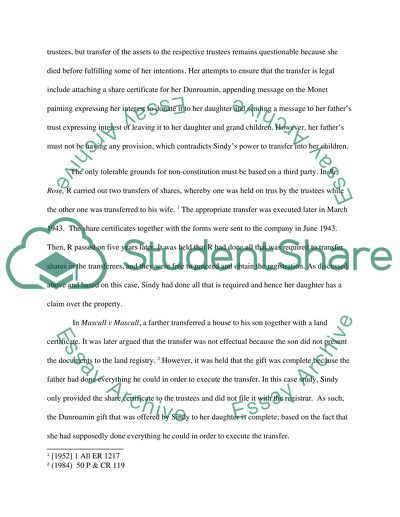Cite this document
(“Equity and Trusts Essay Example | Topics and Well Written Essays - 1250 words - 3”, n.d.)
Equity and Trusts Essay Example | Topics and Well Written Essays - 1250 words - 3. Retrieved from https://studentshare.org/law/1465329-equity-and-trusts
Equity and Trusts Essay Example | Topics and Well Written Essays - 1250 words - 3. Retrieved from https://studentshare.org/law/1465329-equity-and-trusts
(Equity and Trusts Essay Example | Topics and Well Written Essays - 1250 Words - 3)
Equity and Trusts Essay Example | Topics and Well Written Essays - 1250 Words - 3. https://studentshare.org/law/1465329-equity-and-trusts.
Equity and Trusts Essay Example | Topics and Well Written Essays - 1250 Words - 3. https://studentshare.org/law/1465329-equity-and-trusts.
“Equity and Trusts Essay Example | Topics and Well Written Essays - 1250 Words - 3”, n.d. https://studentshare.org/law/1465329-equity-and-trusts.


